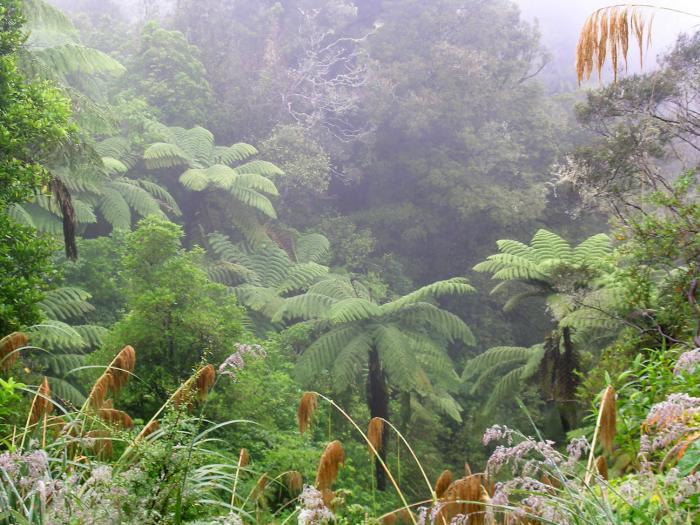New Zealand is advertised worldwide for its lovely climate, but the truth is it can get wet, cold and windy very quickly. Four seasons in one day is not unusual for this beautiful country. This kind of weather means you need to know about protection against exposure. Exposure (excessive heat loss or hypothermia) can rapidly become very dangerous. Protection against exposure includes shelters and fires but also a less often discussed method of clothing.
People often underestimate and misunderstand the importance of clothing in a cold weather survival situation. In Hollywood movies the hero is often shown with macho tears and rips in his clothing. In reality tears and rips in your clothing can kill! It may surprise you to know that the military carry mini sowing kits in their packs.The major protective benefits in your clothing comes from the still trapped air between your body and the clothes, or between the layers of clothes provide the best type of insulation against heat loss. To conserve body heat, it is important to safeguard that this trapped air is disturbed as little as possible.
Secure your clothing at the wrists, ankles and neck as much as possible. Try to make sure the clothing is a good fit rather than flapping around in the wind. Wind blowing through the clothing disturbs the still air, amongst other things. Try to have a windproof outer if you can.
Basic principles of clothing in a cold survival situation are straight forward and listed in order of priority:
• Stay dry
• Insulate
• Keep your head warm
• Keep feet warm
Follow the basic principles of clothing in a survival situation. Try keep your clothes in the best condition possible; mending rips and avoiding kneeling on rough surfaces and thus wearing out the knees of your pants. These actions should go a long way in preventing exposure and maintain body heat in a position where you really want to conserve your energy for other things.


Very true! Especially here in New Zealand conditions can change so fast so having the right clothing is so important. Cheers!